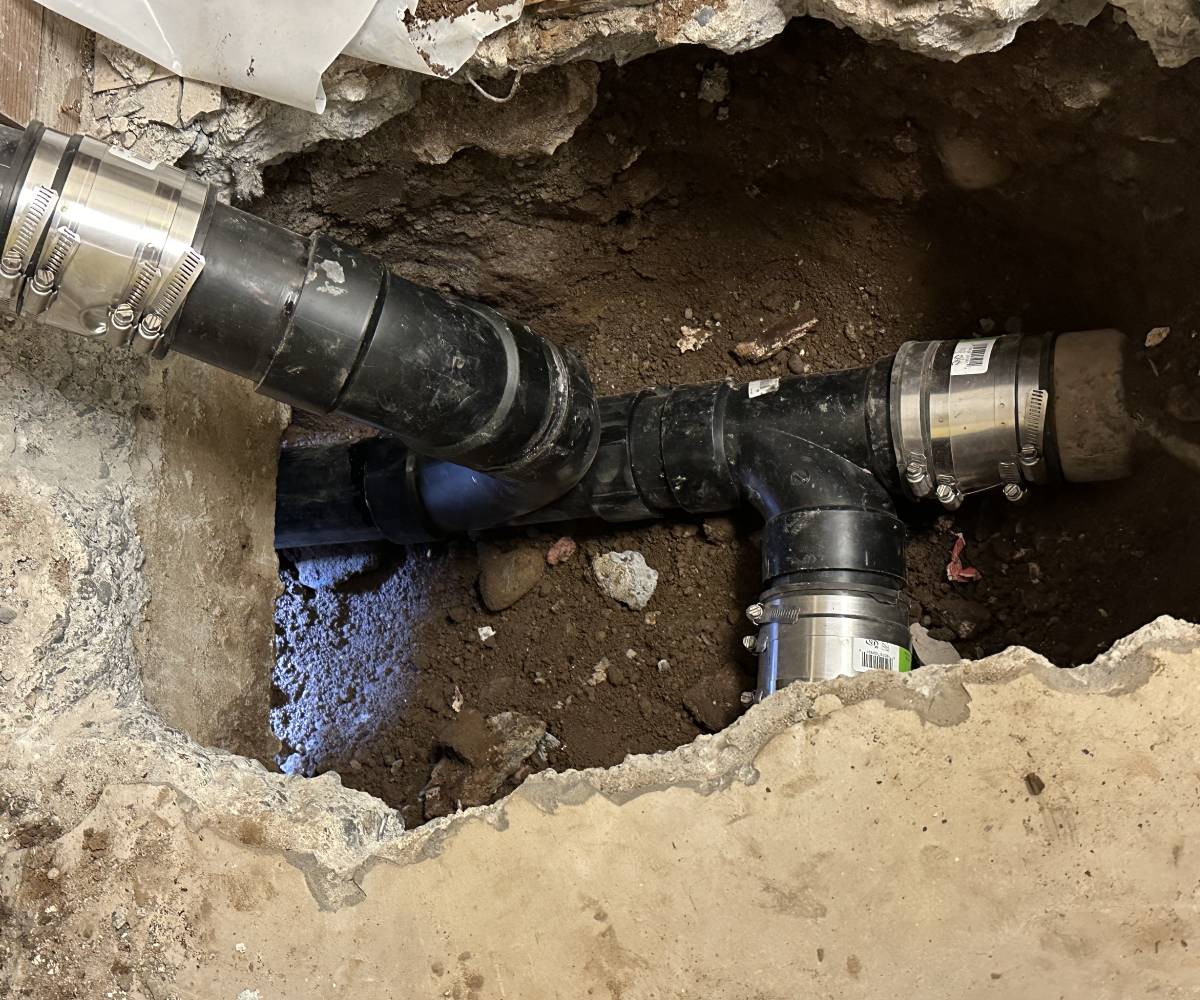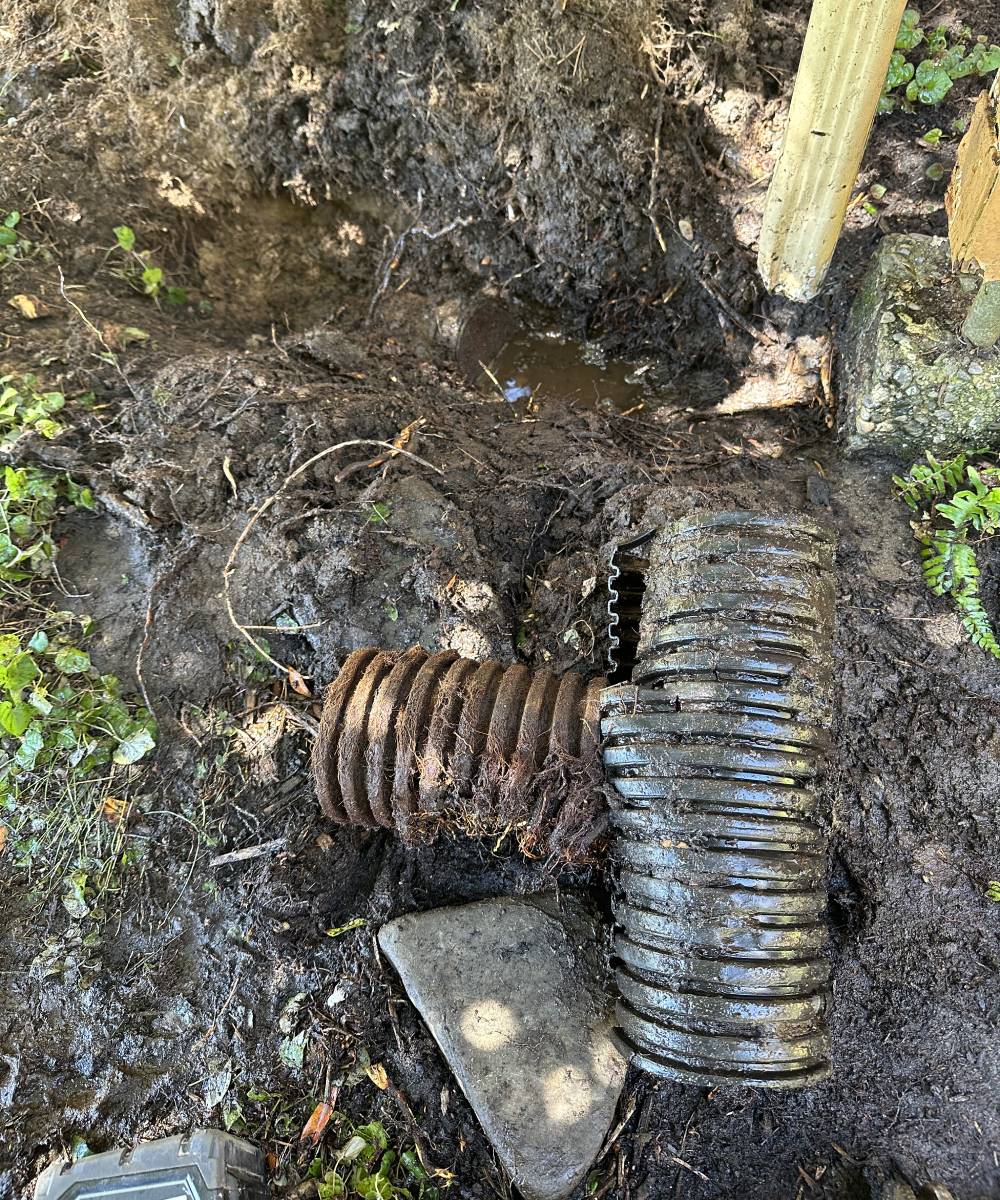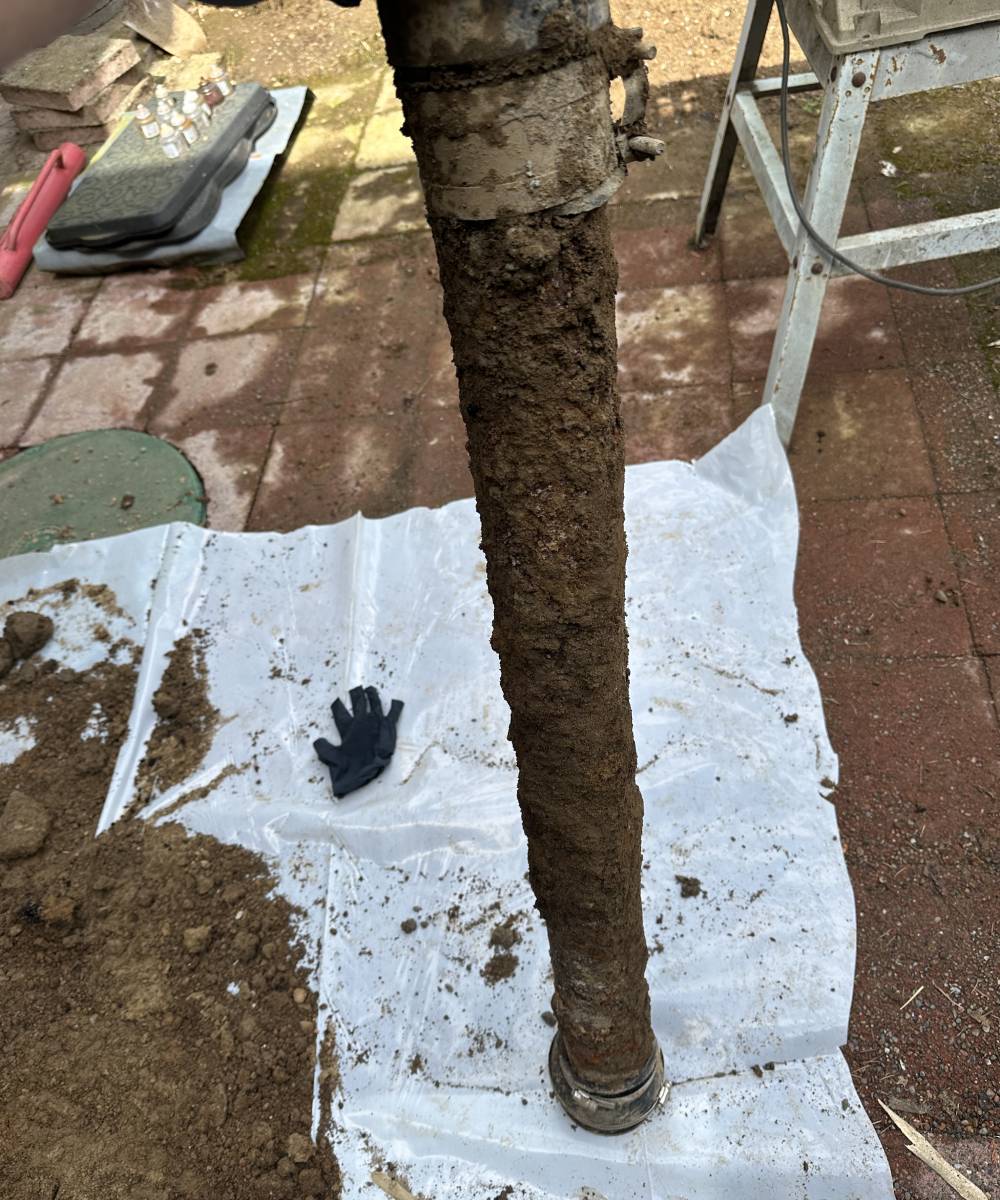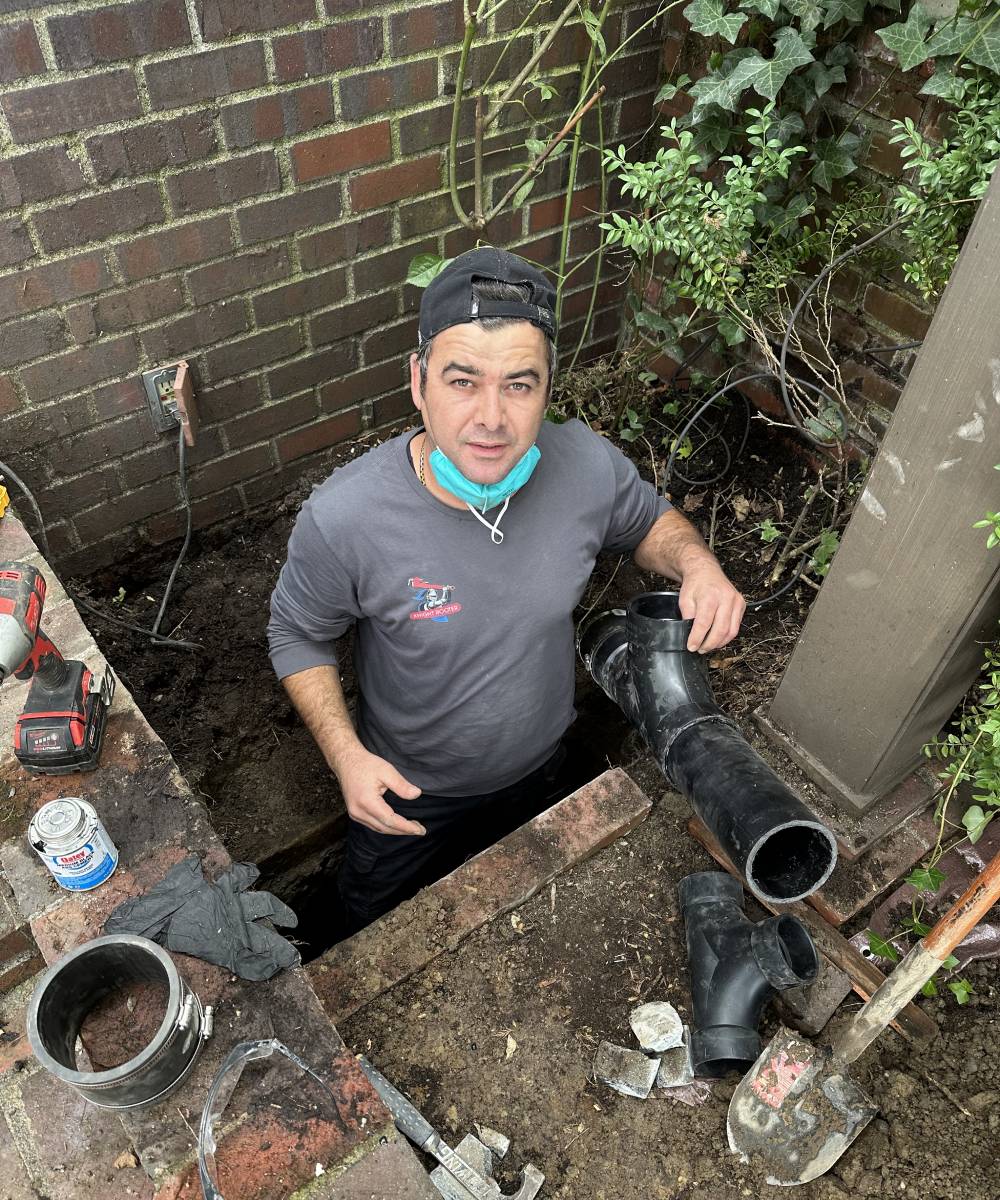Plumbing is a cornerstone of modern civilization, offering convenience, sanitation, and health benefits. But this essential infrastructure wasn’t always as advanced as it is today. Plumbing’s history is a journey through the ingenuity of ancient civilizations, the evolution of technology, and the drive to solve complex urban challenges. Let’s explore this fascinating history and how it has shaped the systems we rely on daily.
The Dawn of Plumbing: Ancient Civilizations
Egyptian Aqueducts and Wells
The earliest plumbing systems can be traced back to ancient Egypt around 2500 BCE. Egyptians developed basic aqueducts and wells to transport and store water. They used clay pipes to direct water from the Nile River to their homes and fields, showcasing an early understanding of water distribution. These early systems were essential for supporting agriculture, hygiene, and daily life in one of history’s most advanced ancient civilizations.
Roman Innovations: Aqueducts and Public Baths
The Romans revolutionized plumbing with their aqueduct systems, which carried fresh water to cities and removed wastewater efficiently. Roman aqueducts were marvels of engineering, using gravity and precisely cut stone to transport water over long distances. Public baths and toilets, often connected to underground sewer systems, became a hallmark of Roman engineering. The Cloaca Maxima, Rome’s main sewer system, remains a testament to their expertise and is still partially functional today.
The Roman approach to sanitation and water supply greatly influenced future civilizations, leaving behind a legacy of innovation and practicality that remains foundational to modern plumbing.
Plumbing Advancements in the Middle Ages
After the fall of the Roman Empire, plumbing advancements slowed during the Middle Ages. However, monasteries and castles began adopting rudimentary plumbing systems. Cisterns and rainwater collection systems were introduced to collect and store water, while basic drainage systems were implemented to manage waste. Despite the lack of widespread innovation, these modest advancements set the stage for more sophisticated systems in the future.
Hygiene practices during this era were minimal, and outbreaks of diseases like the Black Plague highlighted the need for better sanitation infrastructure. These challenges eventually spurred renewed interest in improving plumbing systems in later centuries.
The Industrial Revolution and Modern Plumbing Systems
The Industrial Revolution marked a turning point in plumbing history. Rapid urbanization created a pressing need for efficient water and waste management systems. Key advancements during this period included:
- Cast Iron and Lead Pipes: These replaced wooden pipes, providing more durable and leak-resistant options for water distribution.
- Flush Toilets: Although Sir John Harrington invented an early version of the flush toilet in the 16th century, it gained widespread popularity during this era with further refinements by inventors like Thomas Crapper.
- Municipal Sewer Systems: Cities began constructing extensive sewer networks to combat waterborne diseases like cholera, drastically improving public health.
These developments not only enhanced daily life but also established a framework for the sophisticated plumbing systems we use today.

Plumbing in the 20th and 21st Centuries
The 20th century brought widespread indoor plumbing, hot water systems, and efficient wastewater treatment plants. Homes and businesses gained access to running water, making daily chores and personal hygiene significantly more convenient. Key highlights include:
- Hot Water Systems: Water heaters became standard fixtures in homes, offering instant access to hot water for bathing and cleaning.
- Standardized Codes: Plumbing codes were established to ensure safety and uniformity in system installations.
- Wastewater Treatment Plants: These facilities enabled the safe treatment and recycling of sewage, reducing environmental pollution.
In the 21st century, the focus has shifted toward sustainability and technology integration. Low-flow faucets, water-saving toilets, and smart plumbing systems allow for greater efficiency and conservation. Homeowners can now monitor water usage, detect leaks, and control fixtures remotely, demonstrating how technology continues to transform the industry.
Challenges and Innovations in Modern Plumbing
Addressing Aging Infrastructure
Many cities still rely on outdated plumbing systems, leading to issues like slow drains, leaks, and contamination. Upgrading these systems is essential to maintaining functionality and preventing costly repairs. Solutions include:
- Sewer and Drain Cleaning Services: Regular maintenance ensures system longevity and optimal performance.
- Clogged Sewer Line Repair: Techniques like hydro jetting and trenchless technology effectively clear blockages and restore flow.
Environmental Sustainability
Modern plumbing prioritizes water conservation and environmental responsibility. Innovations like rainwater harvesting systems, greywater recycling, and solar-powered water heaters help reduce water waste and lower energy consumption. These systems align with global efforts to combat climate change and promote sustainable living.
Technological Integration
The integration of smart technology in plumbing systems has revolutionized maintenance and usage. Features like real-time leak detection, automated water shut-off valves, and voice-activated faucets offer unparalleled convenience and efficiency. These advancements not only improve user experience but also help conserve water and reduce utility bills.
Conclusion
The history of plumbing is a testament to human ingenuity and adaptability. From ancient aqueducts to today’s smart systems, plumbing has continually evolved to meet society’s needs. Each era has brought innovations that have improved sanitation, public health, and quality of life. As we look to the future, sustainable and innovative solutions will shape the next chapter of this essential infrastructure.
FAQ
When did modern plumbing systems begin?
Modern plumbing began during the Industrial Revolution, with innovations like flush toilets and municipal sewer systems.
What were the first plumbing systems used for?
Early systems transported water for drinking and agriculture, with basic wastewater disposal methods.
How do smart plumbing systems work?
Smart systems integrate sensors and IoT technology to monitor usage, detect leaks, and enhance efficiency.
What is the role of sewer and drain cleaning in plumbing maintenance?
Regular cleaning prevents blockages, maintains flow, and prolongs the life of plumbing systems.
How can I prevent slow drains in my home?
Avoid flushing non-biodegradable items, use strainers, and schedule routine inspections to prevent clogs.
For professional and fast drain cleaning Bothell, drain cleaning Seattle, and drain cleaning Bellevue, contact KnightRooter. Our team is ready to provide the best solutions for your drain issues.





No comment yet, add your voice below!